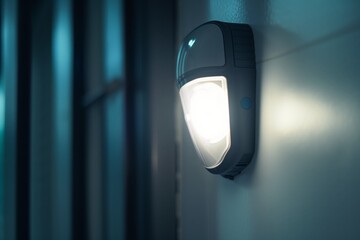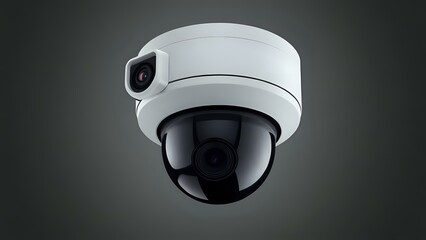How to Choose the Best Motion Sensor Light for Your Home
Motion sensor lights, also called motion-activated security lights, are an excellent addition to any home, providing convenience, security, and energy efficiency. Whether you’re looking to enhance outdoor safety or automate indoor lighting, choosing the right motion sensor light can make a significant difference. In this guide, we’ll explore the key factors to consider when selecting the best motion sensor light for your needs.
1. Determine the Purpose
Selecting the best motion sensor light for home security or energy-saving motion-activated lights starts with defining its primary use:
- Security: Bright motion-activated lights deter intruders and improve home safety.
- Convenience: Automatic lighting for pathways, driveways, or staircases enhances usability and reduces the need for manual operation.
- Energy Efficiency: Lights that activate only when needed help reduce energy consumption.
2. Consider the Sensor Type
For a deeper dive into the benefits and applications of motion sensor lights, check out this guide.
Motion sensor lights use different types of detection technology, each with unique benefits:
- Passive Infrared (PIR): Detects heat and movement, making it ideal for outdoor security lighting.
- Microwave Sensors: Emit waves that detect movement through walls but may be too sensitive for residential use.
- Dual-Technology Sensors: Combine PIR and microwave detection for more accuracy and fewer false activations.
3. Evaluate Brightness and Coverage Area
The brightness of a motion sensor light is measured in lumens, which directly impacts visibility and security. If you’re considering the appropriate brightness levels for security lighting or motion sensor lights, consider these general guidelines:
- 500–700 lumens: Suitable for porches, small walkways, and indoor spaces.
- 900–1,300 lumens: Ideal for driveways and larger outdoor areas.
- 1,400+ lumens: Best for security applications where maximum visibility is needed.
4. Check Power Source Options
Motion sensor lights come with various power options:
- Wired: Reliable but requires electrical wiring.
- Battery-Powered: Easy to install, ideal for areas without wiring access.
- Solar-Powered: Eco-friendly and cost-effective, but requires sufficient sunlight for charging.
5. Assess Additional Features
Modern motion sensor lights offer advanced features that enhance usability and security:
- Adjustable Sensitivity: Allows control over how easily the light is triggered.
- Timer Settings: Lets users customize how long the light stays on.
- Smart Integration: Some models connect to home automation systems, such as Amazon Alexa, Google Home, or SmartThings, for remote control and scheduling.
6. Choose a Weather-Resistant Model for Outdoor Use
If installing an outdoor motion sensor floodlight with a weatherproof design, ensure it has a high IP (Ingress Protection) rating to withstand rain, snow, and dust:
- IP44: Basic water resistance.
- IP65: High protection against dust and rain.
- IP67: Fully weatherproof and suitable for harsh conditions.
Additionally, consider materials such as aluminum for durability or UV-resistant plastic for sun-exposed areas. If you live in a cold climate, look for lights designed to function in low-temperature environments to ensure reliable performance year-round.
Conclusion
Choosing the right motion sensor light can improve your home’s security, energy efficiency, and ease of use—whether for a well-lit pathway or a high-powered security floodlight. Evaluating factors like sensor type, brightness, power source, and weather resistance will help you make an informed choice that best suits your needs.


